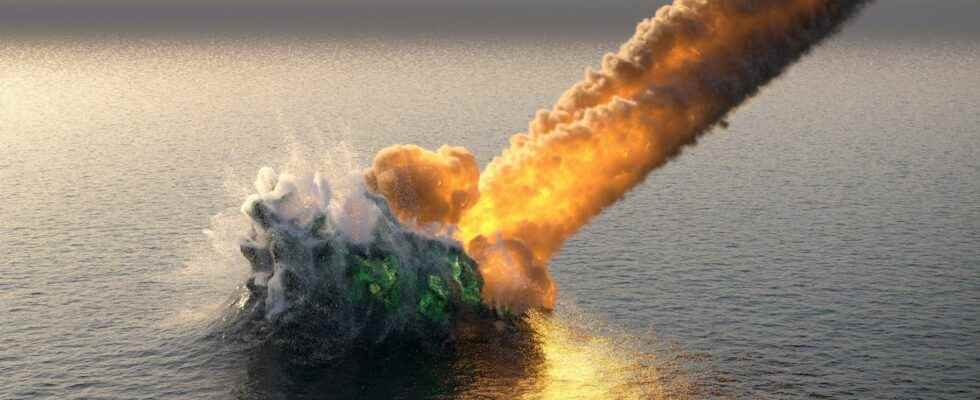When it entered Earth’s atmosphere in 2014, this object lit up the skies of Papua New Guinea. But no one really paid attention to it. Nobody. Except Avi Loeb, an astrophysicist from Harvard. He saw something powerful there. From fast. Something mysterious. Who came from beyond our solar system. An alien craft? This is what he intends to go and check at the bottom of the Pacific Ocean.
You will also be interested
[EN VIDÉO] Extraterrestrials: 8 theories to explain the silence Why don’t aliens show up? Several theories can explain the silence of the extraterrestrials. Futura presents 8 of them here. Go into the secret…
A few days ago, the American army confirmed it: a interstellar object exploded on the side of Papua New Guinea in 2014. Avi Loeb understood it before anyone else. Yes, finally, the proofs that he advanced then were rather shaky, it is good to specify it. His article had also been rejected by The Astrophysical Journal Letters — and NASA still calls for further investigation.
But Avi Loeb, remember. It is this astrophysicist of Harvard University (United States) who had advanced, a little over a year ago, that “‘Oumuamua is the proof that there are sentient civilizations other than ours, elsewhere in the Universe”. Avi Loeb, therefore, had seen in this object which split the sky of Papua New Guinea almost 10 years ago, something too fast and too powerful to come from our Solar System. Today, he evokes an even crazier hypothesis. What if this object — no more than 50 centimeters in diameter — was in fact nothing more than extraterrestrial technology that ended up in the Pacific Ocean?
Since then, the‘Oumuamua affair, the researcher had worked on a project intended to track down UFOs. Yes, the Unidentified flying objects. Not those that we prefer today to call more politely the Pans, the unidentified aerospace phenomena, no. Avi Loeb, as you will have understood, indeed pursues objects from elsewhere. And for that, he plans to install a telescope on the roof from Harvard University. A high-powered instrument resolution which will record images day and night. An instrument enriched with a artificial intelligence which will help him focus on objects “which are not of the hand of men”.
An expedition in search of extraterrestrial technology
But back to our interstellar object, code name Cneos-2014-01-08. For Avi Loeb, it constitutes an opportunity, for the moment unique: that of recovering extraterrestrial materials at a lower cost. With the objective of analyzing its composition. And to check whether or not it is artificial. “My dream would be to be able to press the buttons on functional equipment that was made outside of Earth”ignites the seeker in a trial.
To make his dream a reality, Avi Loeb decided to design an expedition to thePacific Ocean. Counting on the fact that the pieces of Cneos-2014-01-08 should be able to be recovered using simple magnets. “The ocean there is a few kilometers deep and the impact region is uncertain within 10 kilometres. It’s totally doable.”, according to the astrophysicist. To be continued…
Interested in what you just read?
